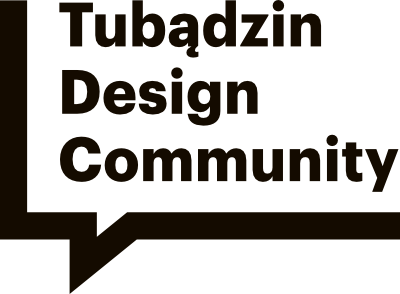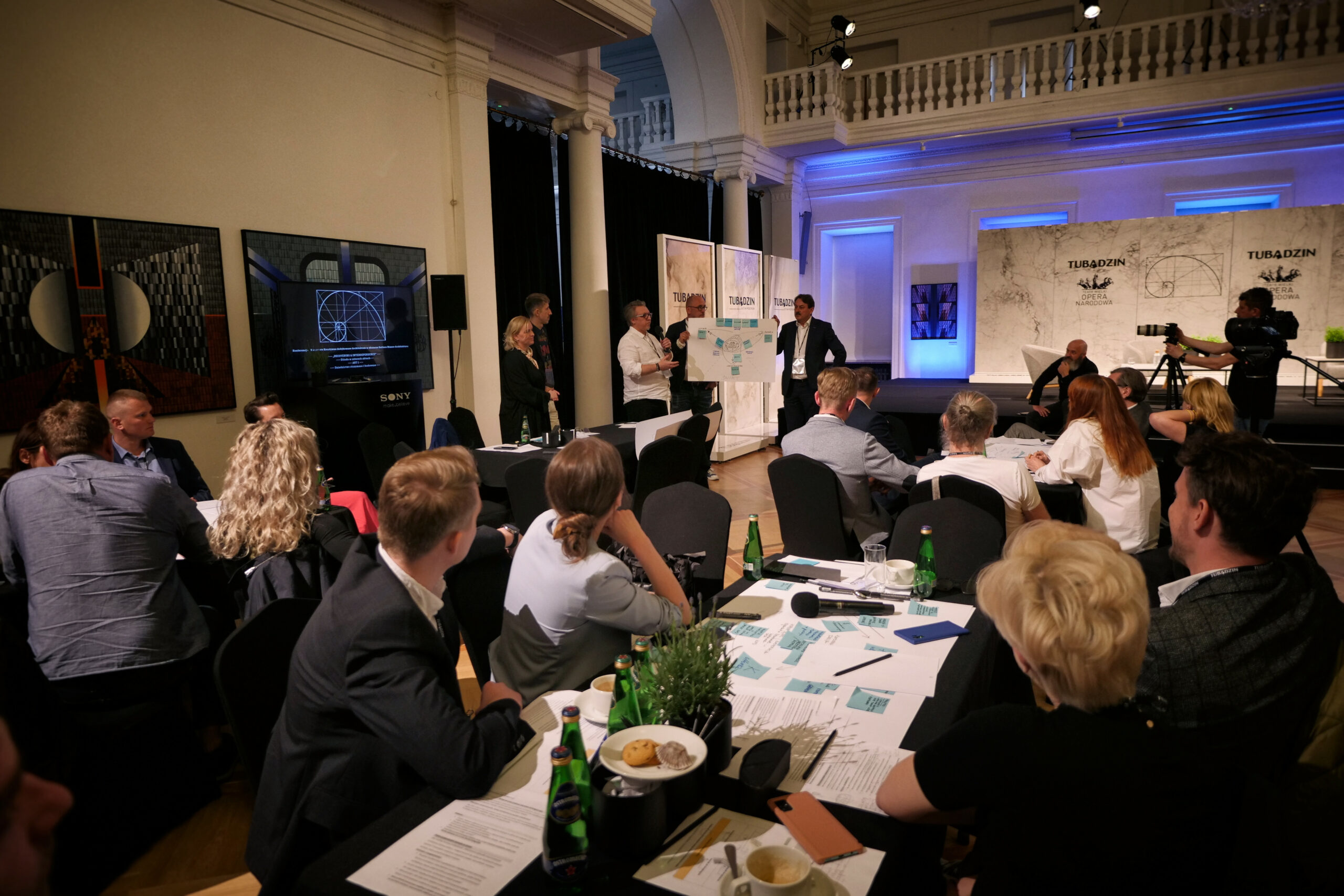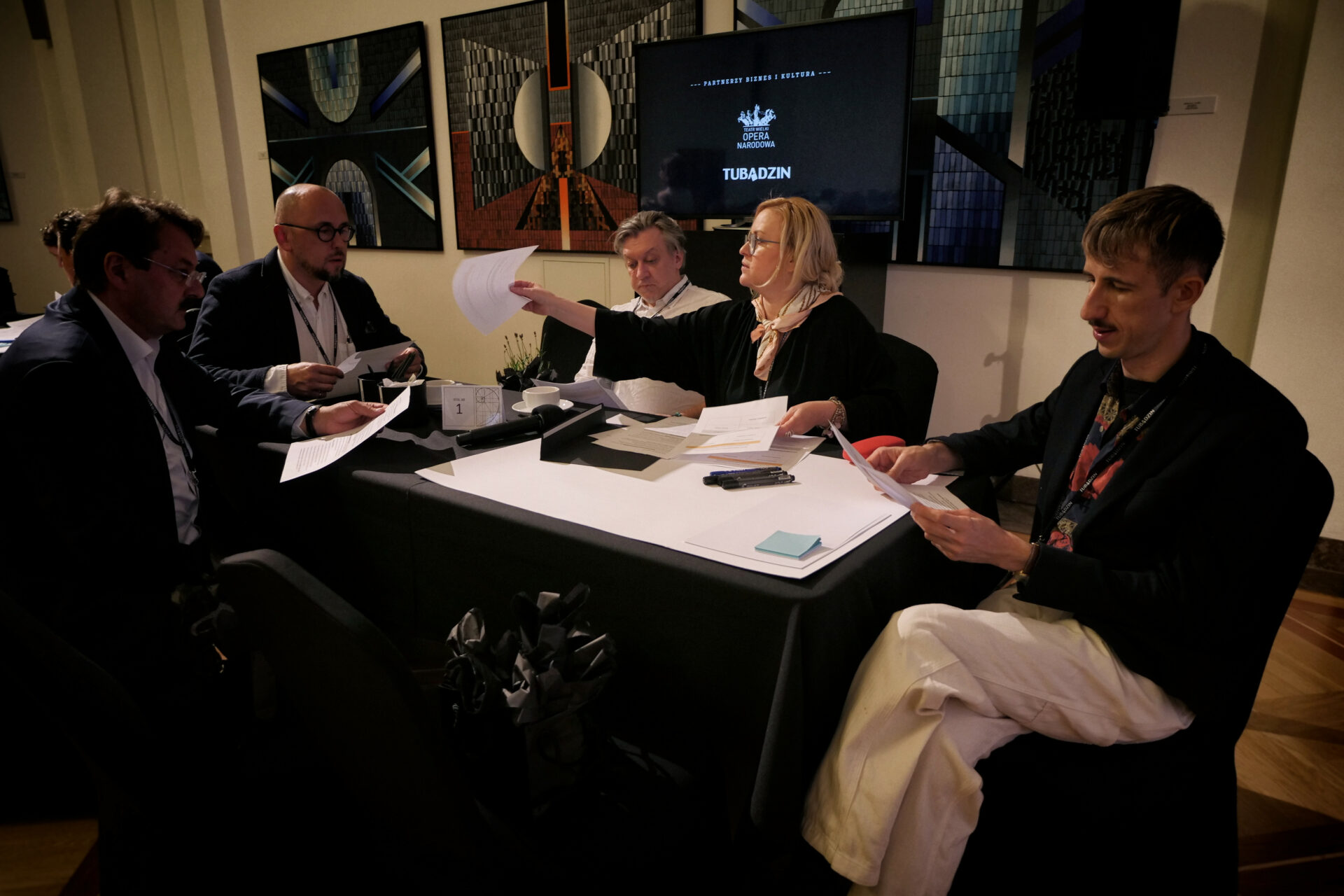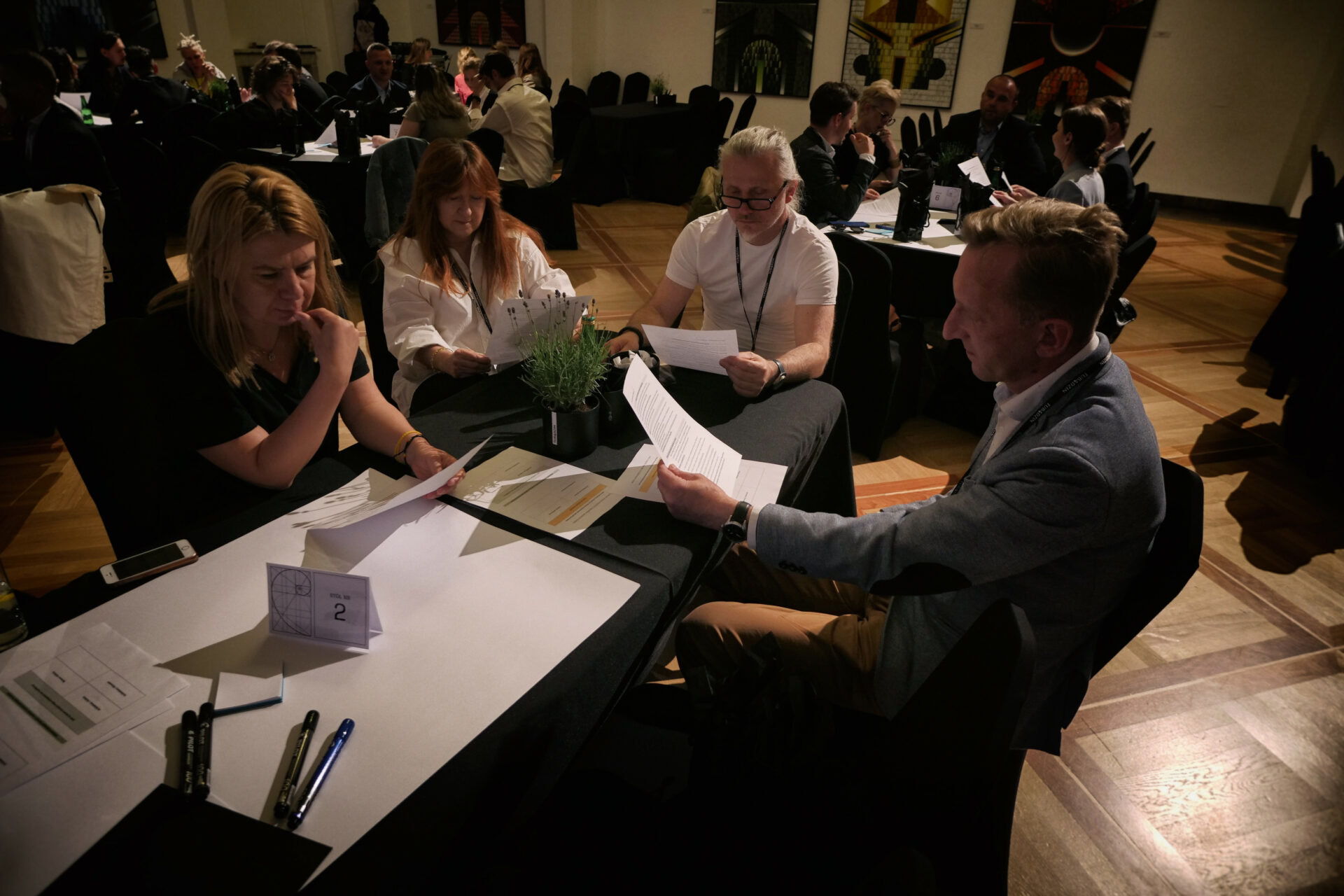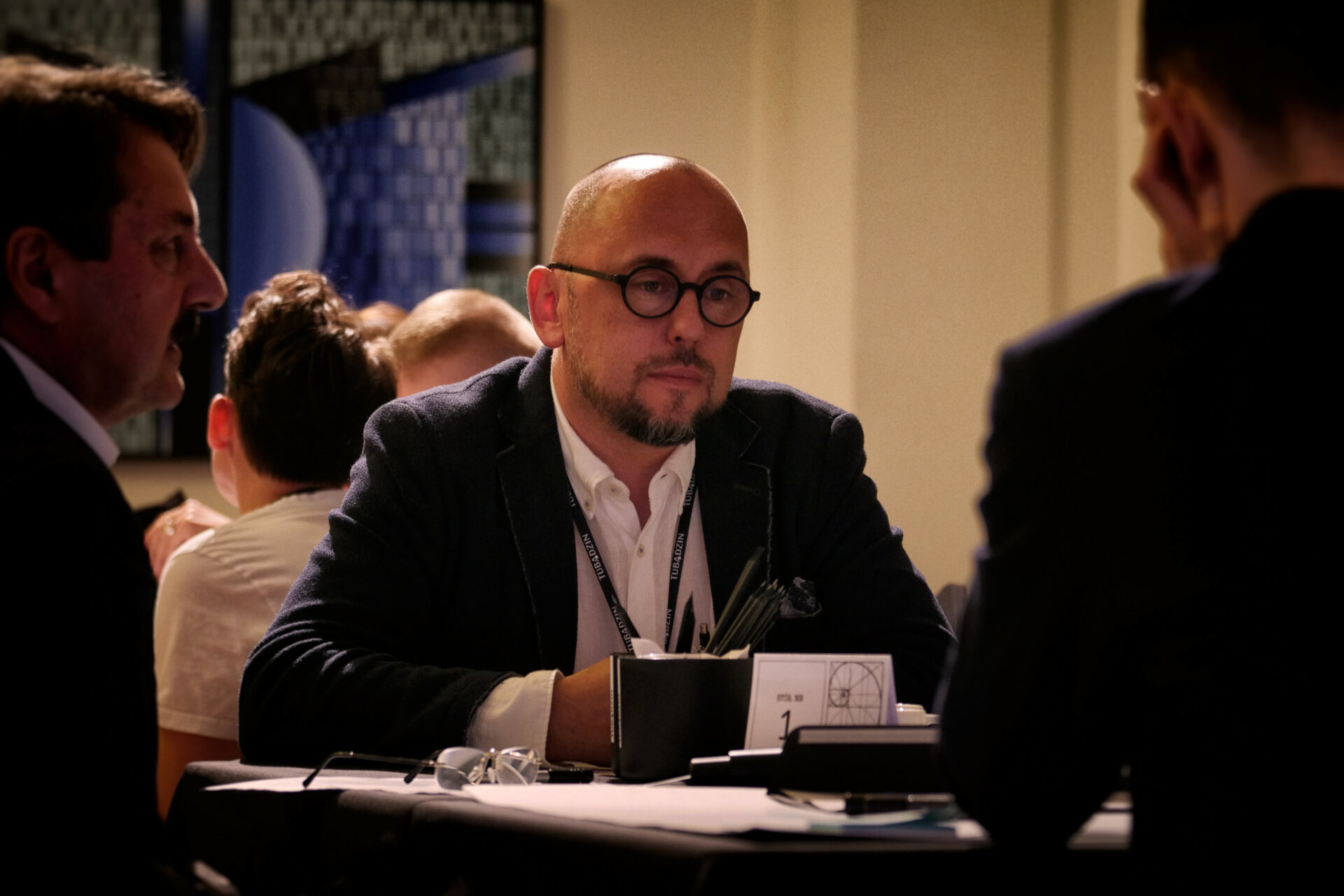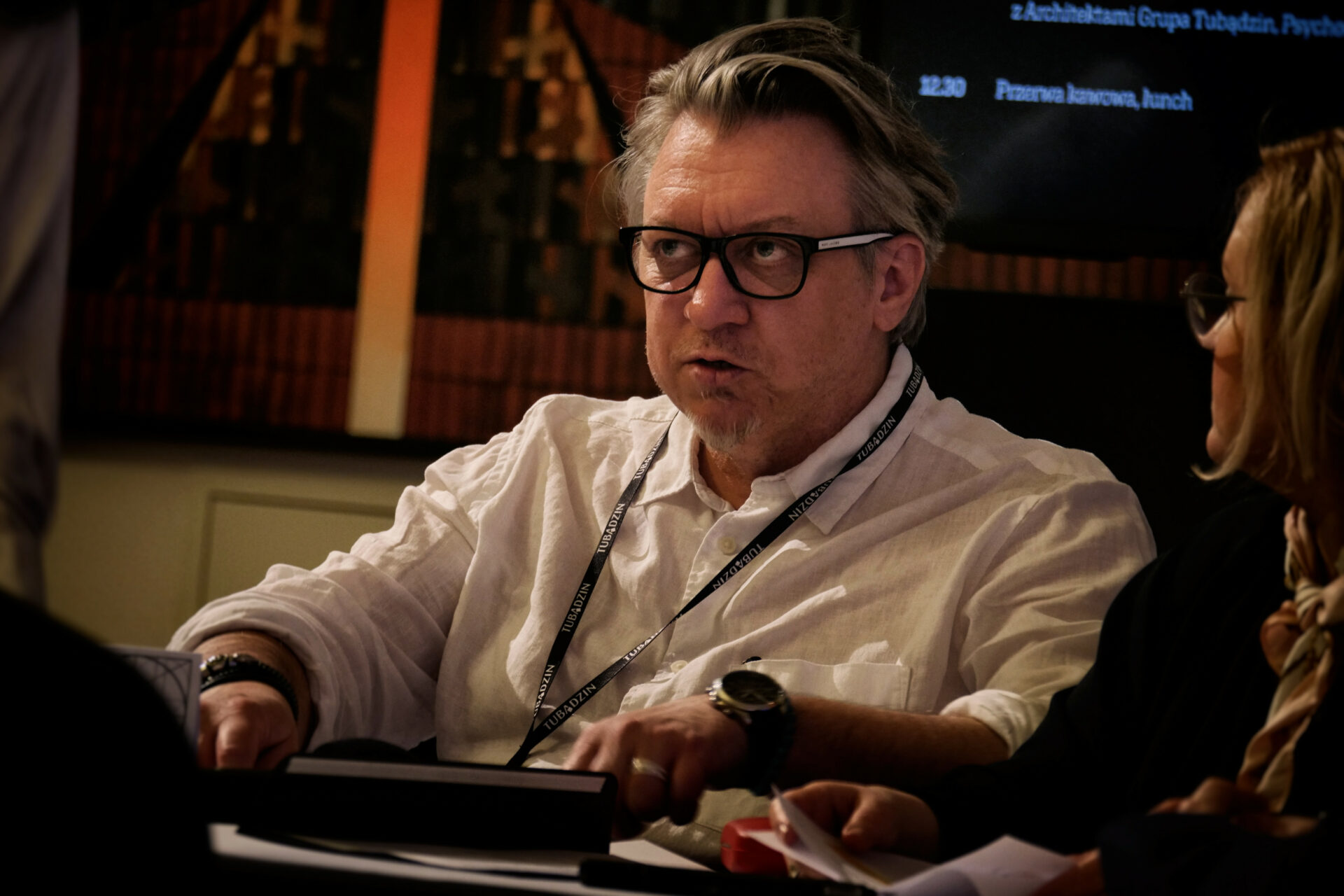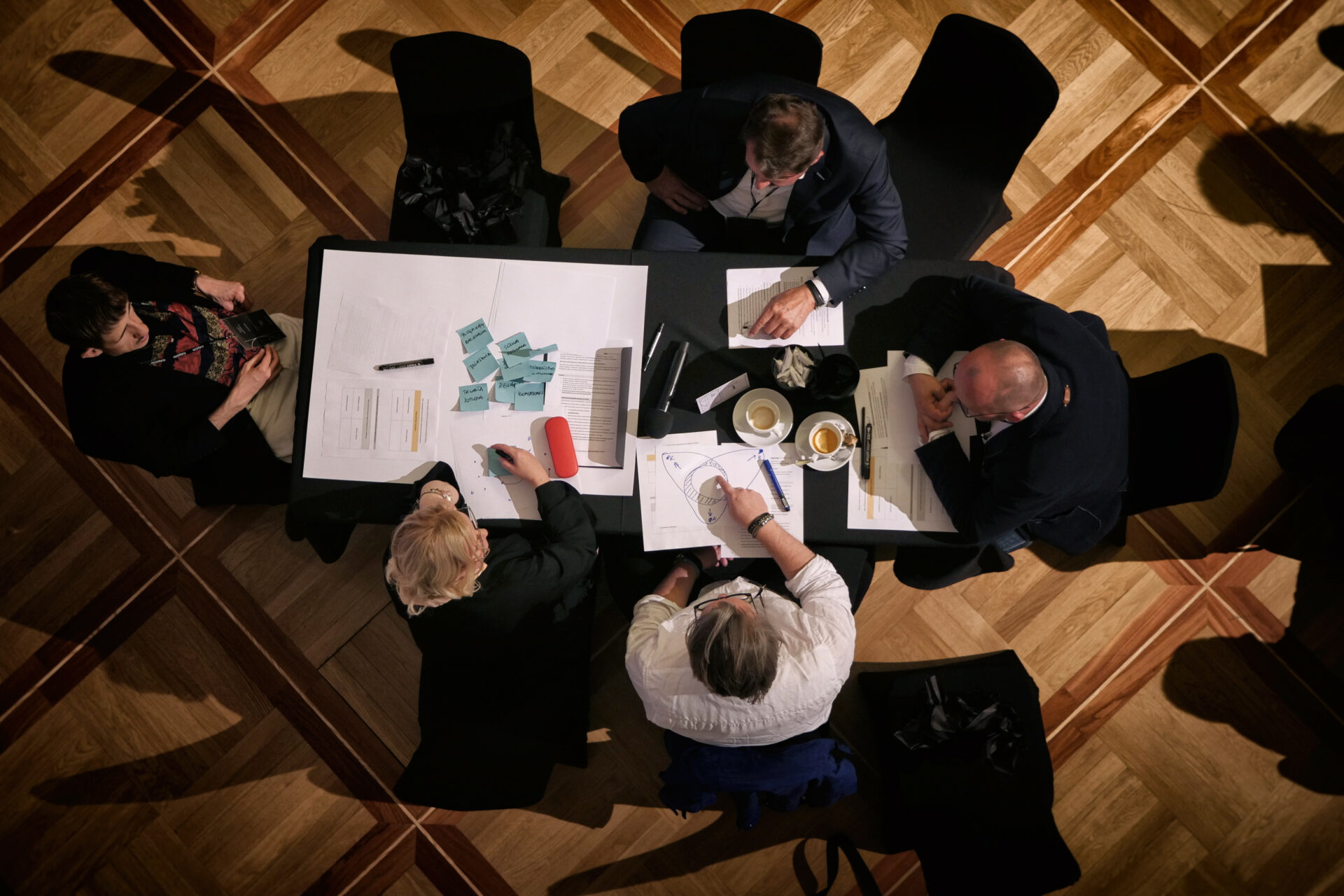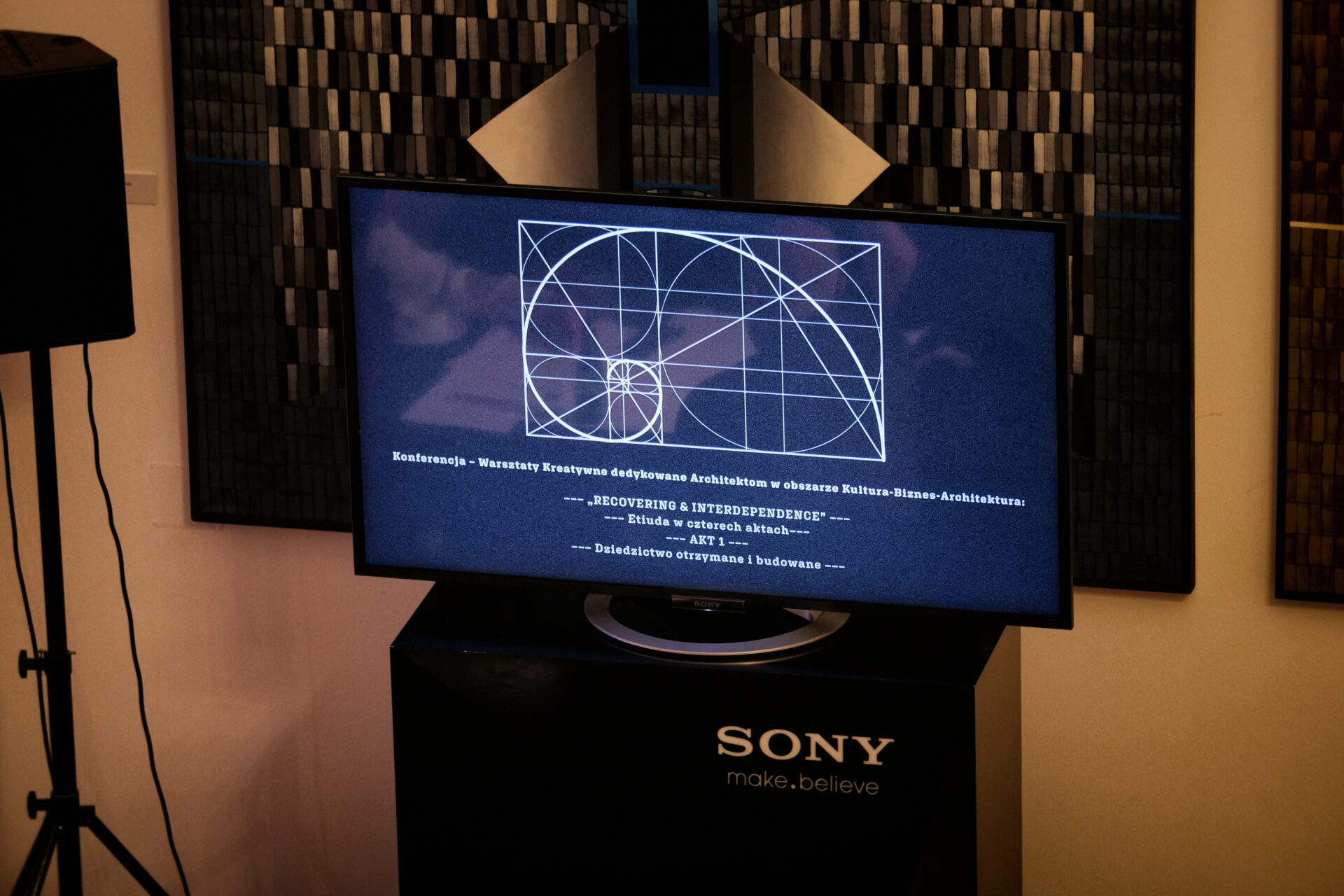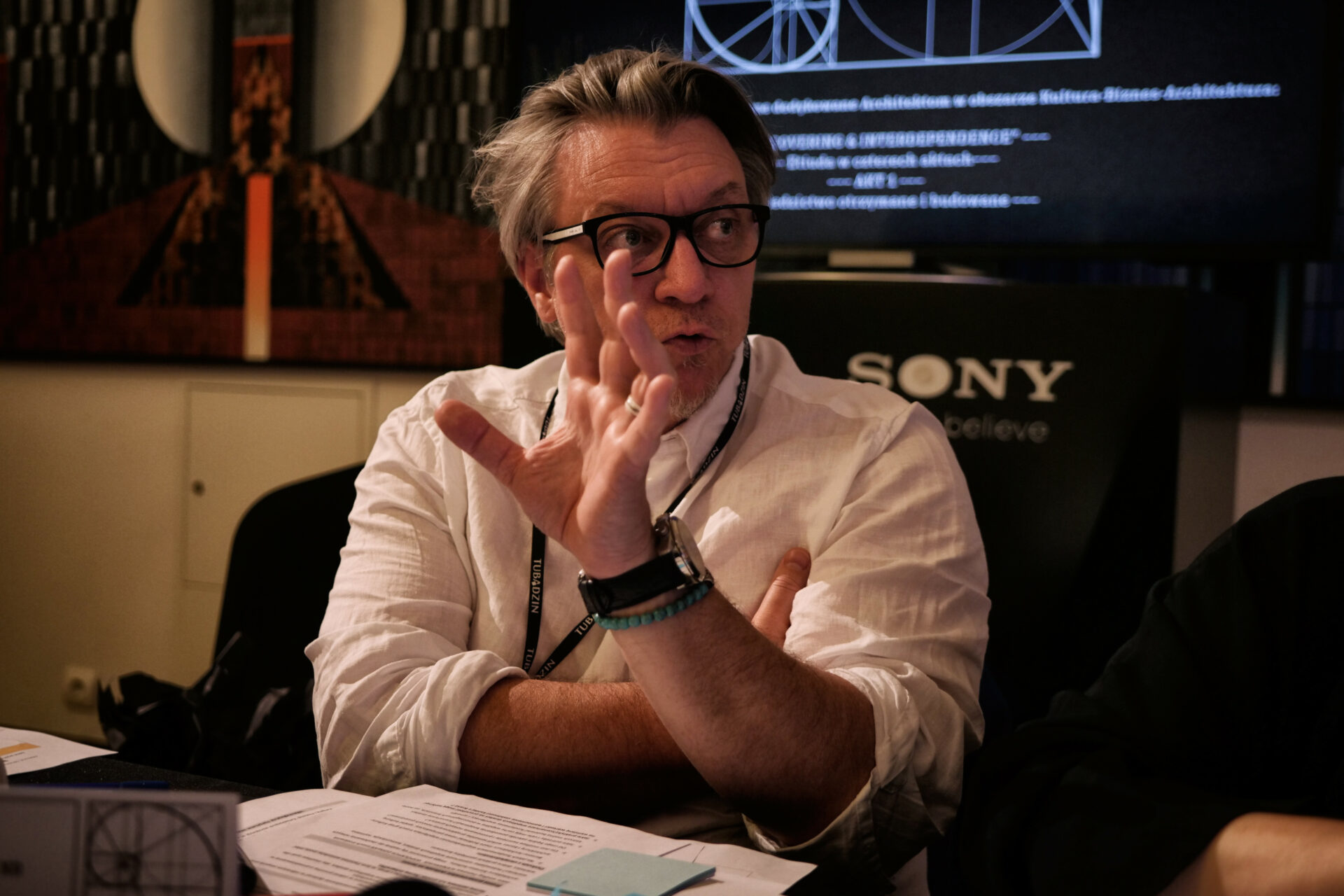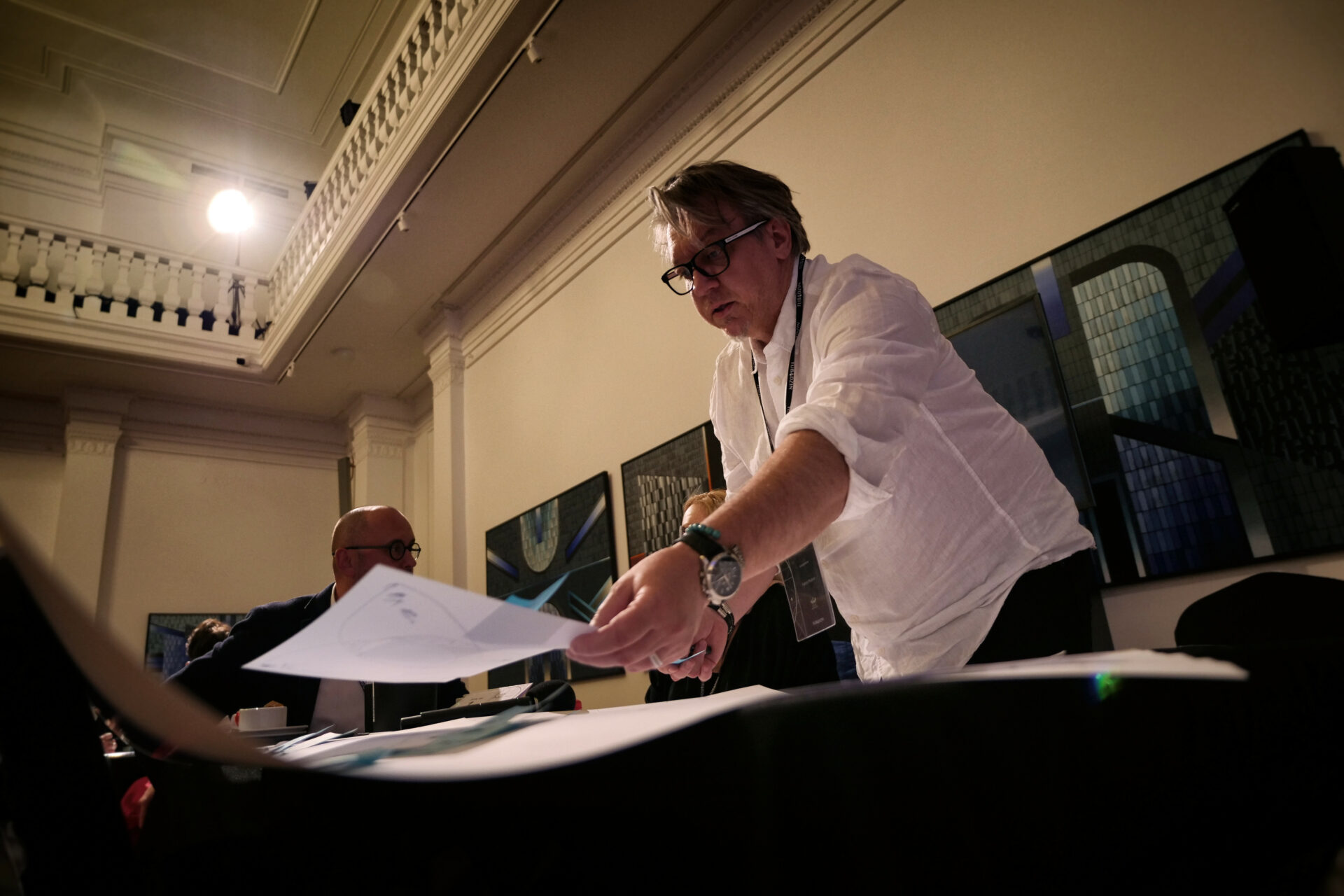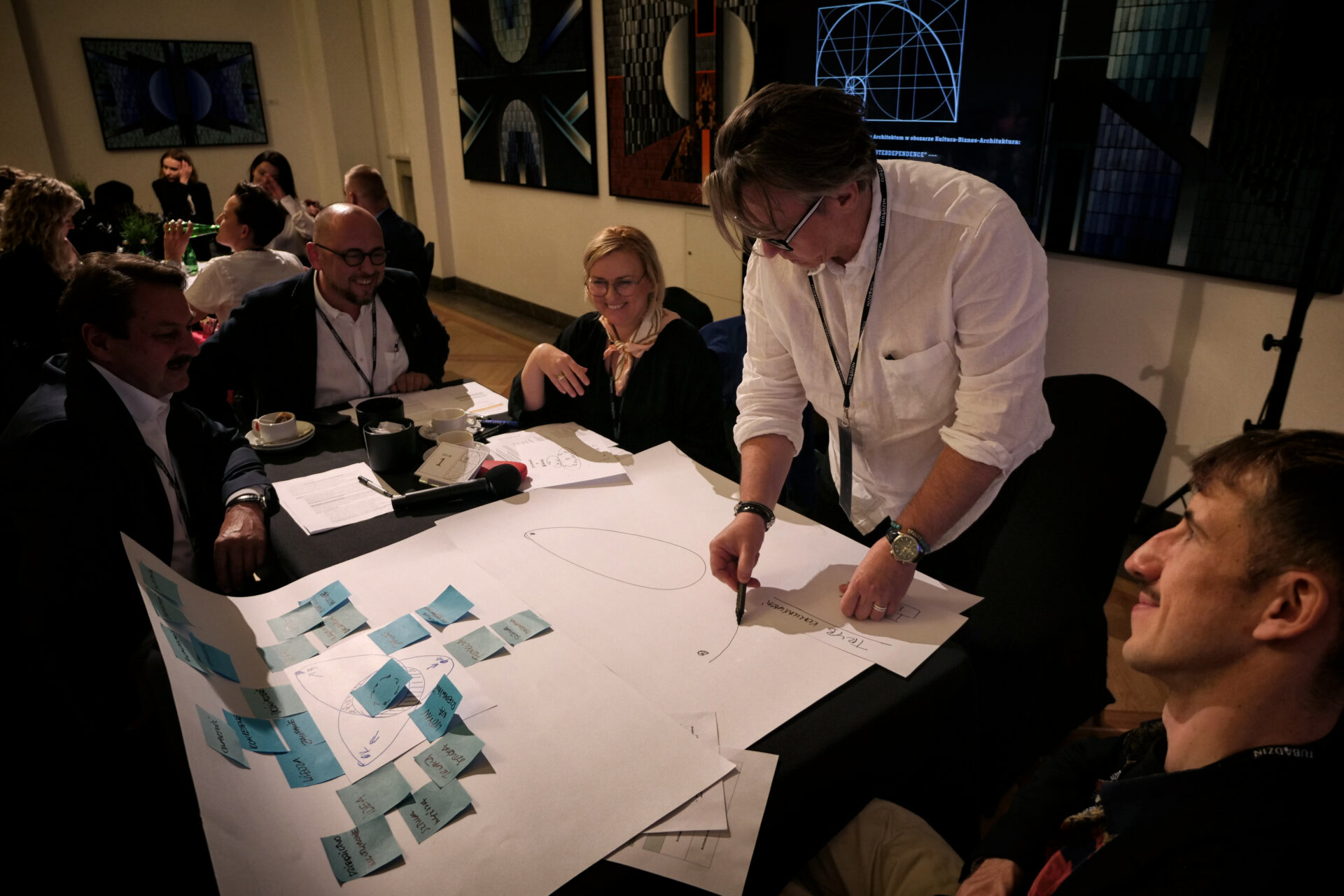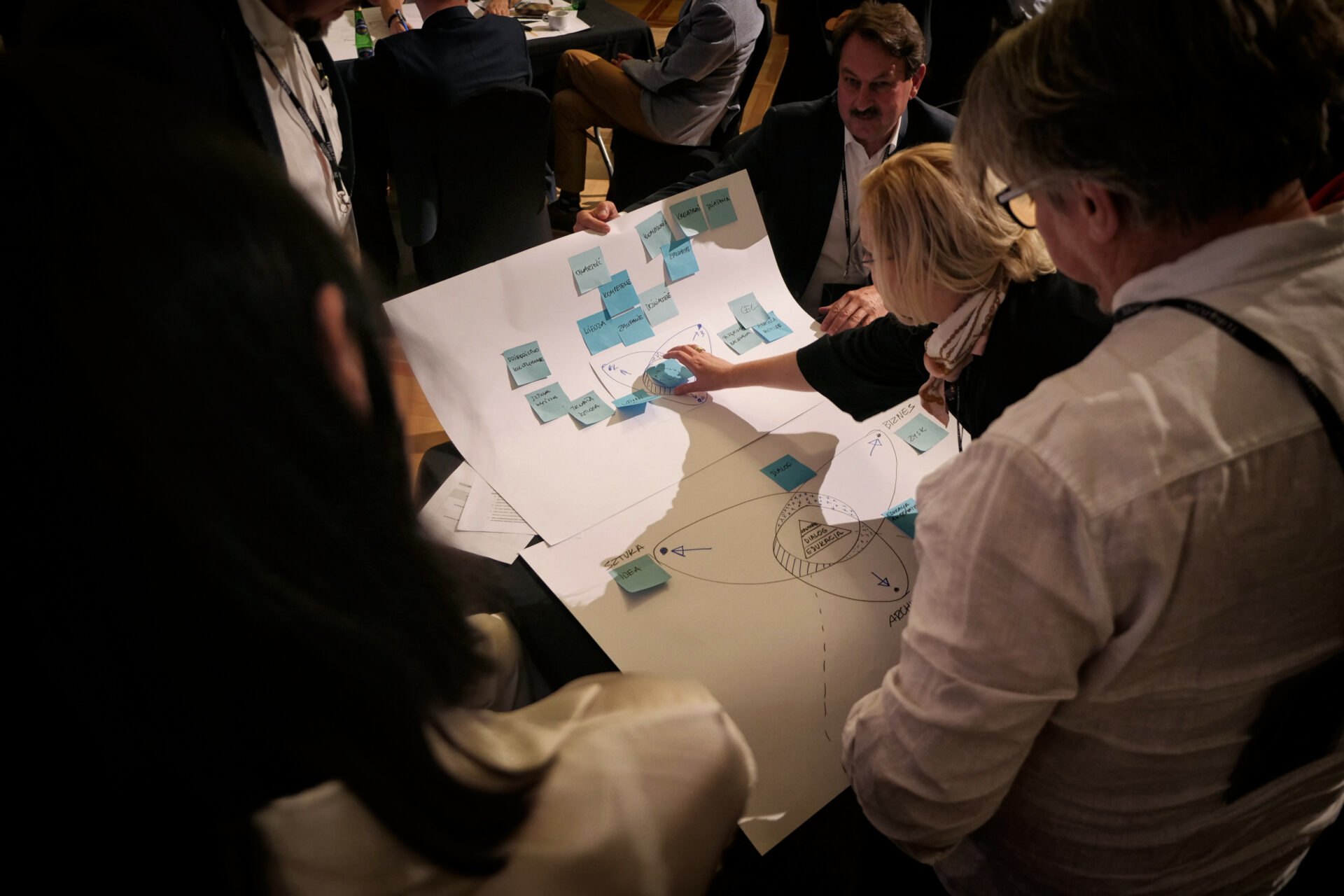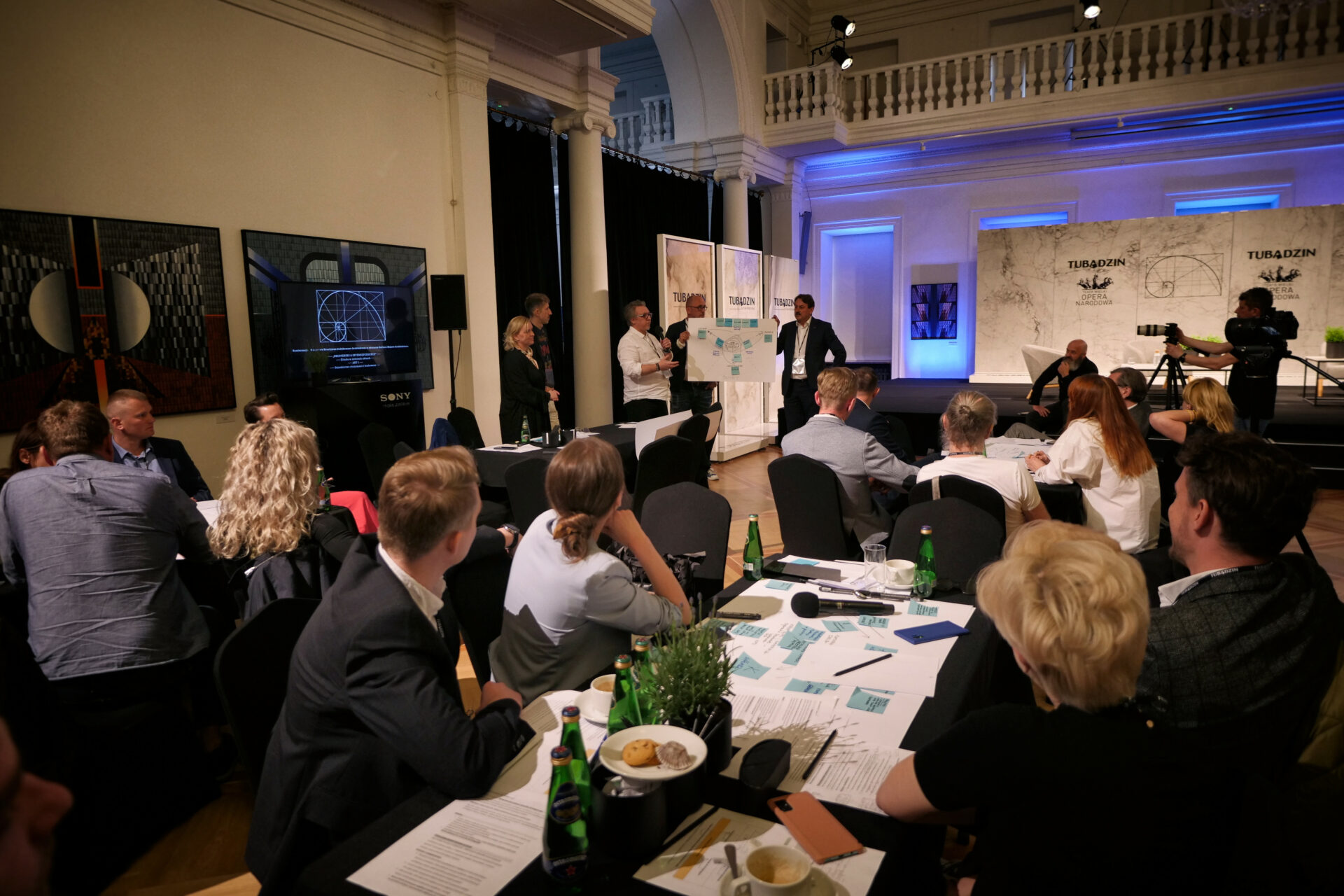TEAM 1 – ANALYSIS AND RECOMMENDATIONS:
The realisation of the strategic workshop consisted of a detailed analysis of the current state of relations between the industries. The experts identified the key relationships, weaknesses and strengths of the industries.
We present further elaborated analyses and directions given by Team 1, consisting of:
‘RADICALISATION OF INDUSTRIES, HOW TO BUILD A PLATFORM OF UNDERSTANDING’
The existing fields of influence of architecture, business and culture and the polarisation of industries were analysed. It was important to start by defining each of the fields and their current state.
The conclusions developed during the strategy workshop were presented on behalf of the team by Robert Majkut – Architect, Robert Majkut Design.
‘How do we build platforms of understanding between Architecture Business Culture? We started first of all by defining these terms differently…
We narrowed down the concept of culture to High Culture – as a radical form. From this was born the whole further concept of a radical tri-division, which has its own areas but also collections in common…’
Robert Majkut
The starting point in project work is a key element in the start and influences the way conclusions are formulated. Working with the PARADOX method that the group used, and finding radicalisms opened up space for further factual analysis, to work on a difficult but very effective method. “Paradox” as one of the techniques for analysing a situation, and done well, reveals the directions in which time and energy should be invested in order to achieve the desired goals.
WHY?
Analysing the situation allows us to work out what actually works, not what we think should work. Because repeated wrong assumptions often guide both personal and business decisions. Generating failure.
This was discussed in a structured way by the team, uncovering the true motives of each industry.
The subsequent workshop work of Team 1 followed this direction.
„If we understand radicalism as
a profit-only Business that counts for nothing in a cynical form that takes no account of values other than profit, it will be a centrifugal force that builds extremes…
Art, as a radical ideational form, ephemeral, full of ideas that go beyond the framework of applied art…
Architecture as functional architecture, which only focuses on aspects of function, leaves out the creative, artistic or business elements…”
Robert Majkut
FROM RADICALISM TO COMMUNITY
When the most extreme definitions of the attitudes of each industry are presented, the time comes to find elements in common. Something that unites, something that becomes a reason to seek common ground.
Every action must make sense, justify our efforts and respond to needs. Otherwise, we may run out of energy to continue our efforts.
RADICALS…
‘Starting from the three radical attitudes of the industries, which are the extremities of the common set, going to the middle of the set, the environments meet where they begin to form common ground…
Speculation and has nothing to do with the quality of reality.
Radicalisms always produce extreme results, contributing nothing to the quality of life except the ‘radicalisms’ themselves…. ‘
COMMUNITY…
Counterbalances are fortunately emerging
For art, it’s about participating and having an impact on reality, knowing that it falls on fertile ground, one that offers opportunities for implementation into reality…
For business, it is the creation of added values, not necessarily fully understood, but values that create something more than pure profit, something that the business develops and even multiplies. Sometimes based on concepts that are abstract for business.
For architecture, the goal is quality, which comes from the fact that business or money, provides the opportunity to do quality architecture, with execution on good materials and the space to understand what this good architecture is all about.”
MEETING ON COMMON GROUND
The coming together of the three environments in an atmosphere of comfort in working together and understanding the needs of each is the foundation of the way forward. For this to happen, key conditions must be met, not only accepted and affirmed as to their existence, but applied and promoted at every stage of action.
Key conditions for cooperation according to the expert group of Team 1:AGREEMENT, EXCHANGE OF COMPETENCES , EDUCATION, UNDERSTANDING, DIALOGUE, DIFFICULT TO DEVELOP TRUST
Then comes OPENNESS, DISCUSSION AND COMPROMISE
“…If the opposing vectors of architecture, business and culture come together then a middle set is created where all the elements come together in a climate of understanding, nothing restricts and makes space… something is created that is a model solution for which we all want to participate …”
Robert Majkut
An in-depth analysis of the topic of interdependence shows that all the hard competences that each industry possesses need a platform for cooperation between people, on the common ground of exchanging values.
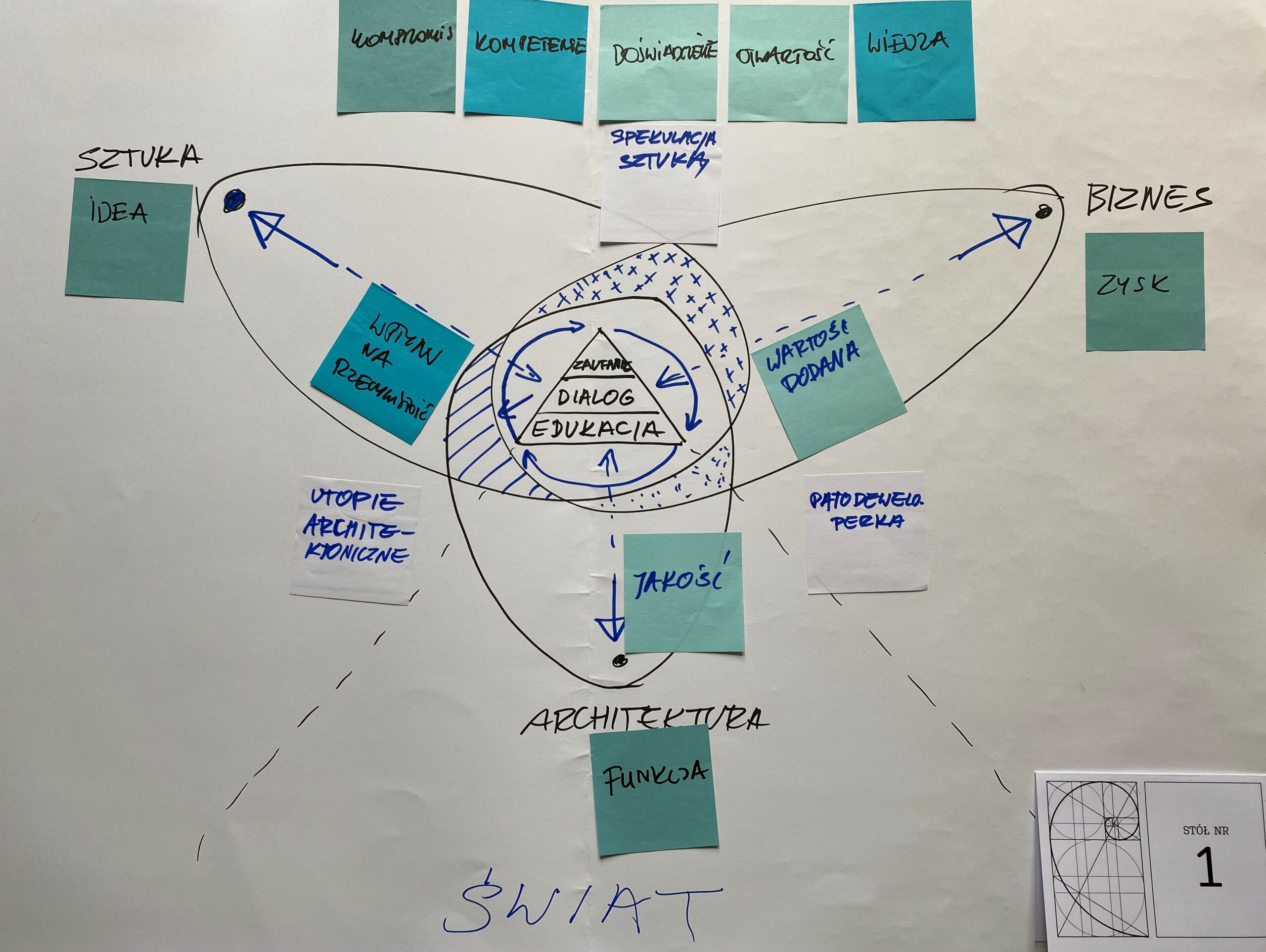
The greater the rigidity in maintaining differences, the greater the separation and lack of perspective.
COMPETENCES NEEDED FOR THE IMMEDIATE FUTURE:
- FAST ANALYSIS OF THE CURRENT STATE OF YOUR OWN INDUSTRY, its actual resources but also its shortcomings
- LOOKING FOR POINTS OF CONTACT between dependent industries
- MOVING OUTSIDE OF CURRENT ACTIVITIES, thereby achieving real and multiplied profits
- FLEXIBILITY IN ACTION, CHANGE OF ACTION HABITS
- FAST LEARNING
- UNLEARNING OF HABITS
- A CURIOSITY ABOUT SEEMINGLY DISPARATE but nevertheless dependent industries
- AVOIDING HARMFUL CONCEITIONS about ourselves
An analysis of the conclusions based on the material developed by expert Team 1 during the strategic workshop realised on 18 May 2022 – “Scenarios for the relationship between culture, business and architecture” by the Tubądzin Group and Teatr Wielki – Polish National Opera in Warsaw.
Material preparation and analysis:
Ewa Kryszkiewicz
Development and Cooperation with Architects Manager
Author of the project
